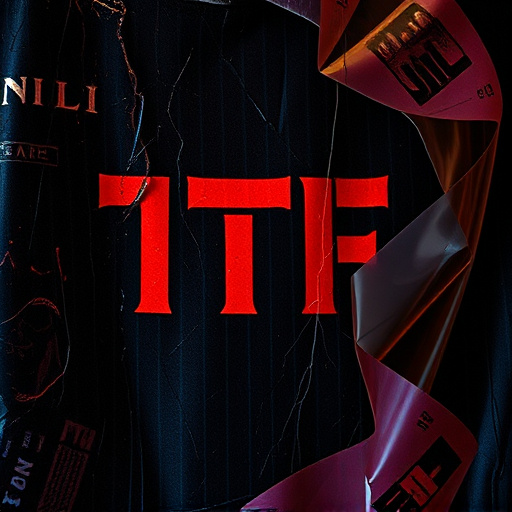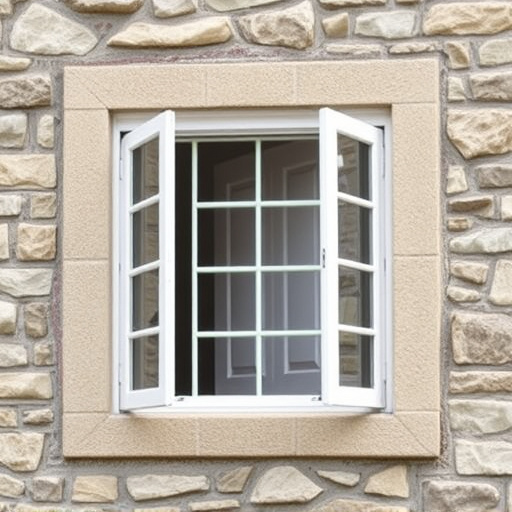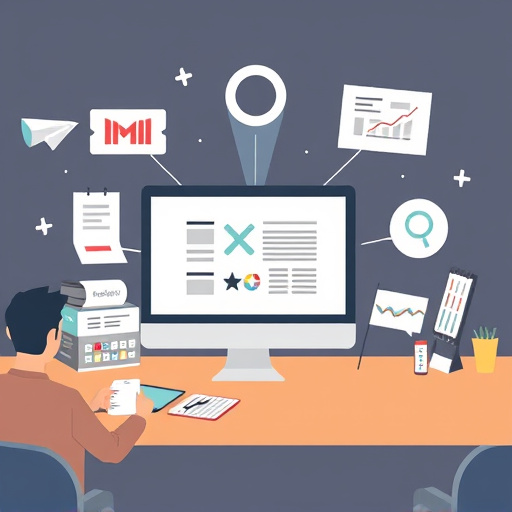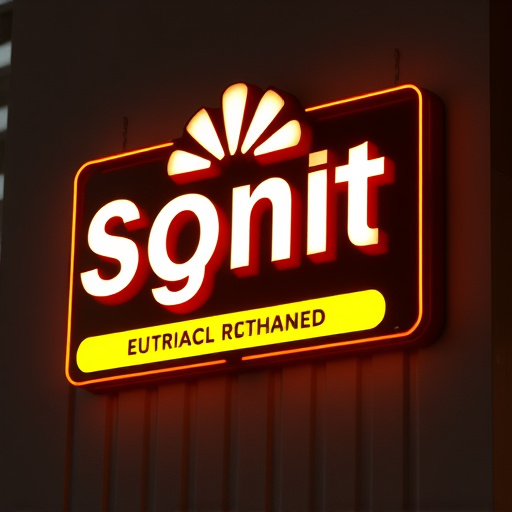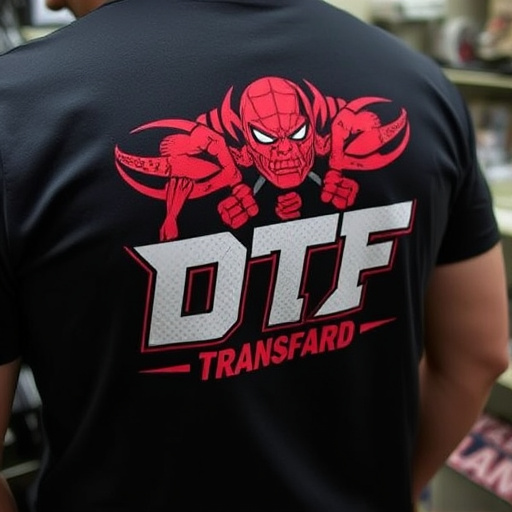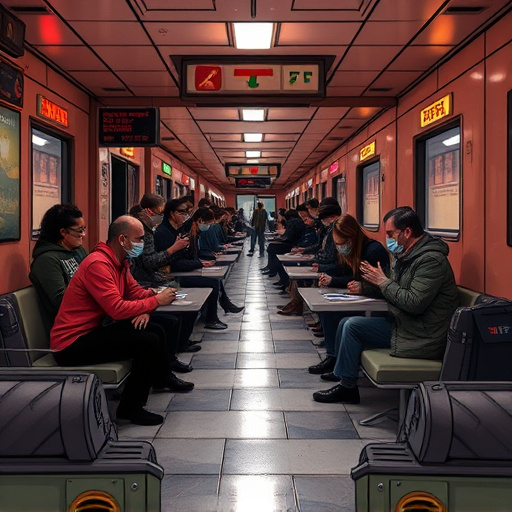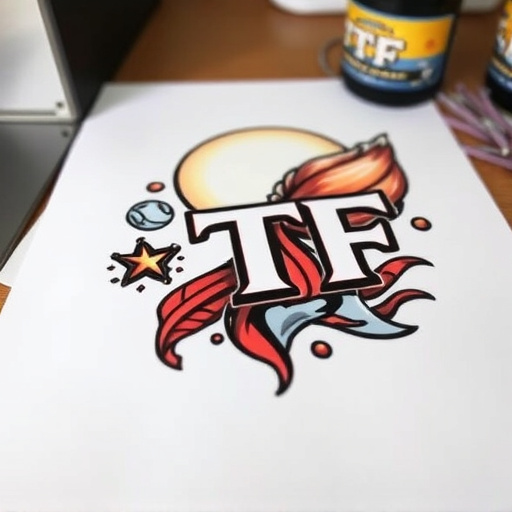DTF (Direct-To-Film) RIP software streamlines the print process, enabling designers to create intricate, multi-layered designs with precision and efficiency. By interpreting complex algorithms, this tool manages transparencies, color profiles, and layouts for optimal printing outcomes on fabrics. Custom gang sheets support allows for uploaded layouts, enhancing flexibility. DTF RIP software revolutionizes printing, offering vibrant, durable prints of previously unattainable intricacy, thereby boosting productivity and customer satisfaction in the fabric print industry.
“Discover the power of DTF RIP Software, a game-changer in the realm of design and printing. This innovative tool caters to complex, multi-layered designs, offering a seamless experience for professionals. In this article, we explore its architecture, uncover the advantages it brings, and provide best practices for optimal implementation. From understanding its unique features to leveraging its capabilities, DTF RIP Software is revolutionizing the way designers work, ensuring precise and vibrant results.”
- Understanding DTF RIP Software Architecture
- Advantages of DTF for Multi-Layered Designs
- Best Practices for Complex Design Implementation with DTF RIP Software
Understanding DTF RIP Software Architecture
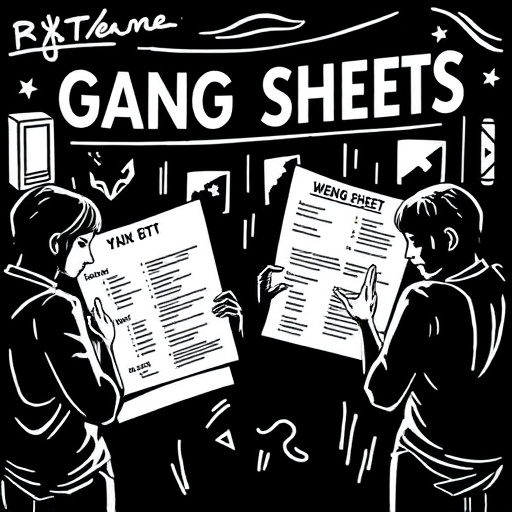
Understanding DTF RIP Software Architecture
DTF (Direct-To-Film) RIP (Raster Image Processing) software is designed to handle complex, multi-layered designs with precision and efficiency. At its core, this software acts as a bridge between the designer’s vision and the printing process. The architecture of DTF RIP software involves sophisticated algorithms that interpret digital art files, breaking them down into individual components for optimal printing. This includes managing various layers, transparencies, and color profiles to ensure accurate and vibrant reproductions.
One of the key advantages of DTF RIP software is its ability to support custom dtf gang sheets. Users can upload their own gang sheets, which are essentially layout files that determine how individual prints are arranged on a larger sheet. This feature is particularly useful for UV dtf transfers, where precise alignment and cutting are crucial. By accommodating different print requirements, DTF RIP software empowers designers with the flexibility to create intricate, multi-colored designs without compromise, making it a game-changer in the printing industry.
Advantages of DTF for Multi-Layered Designs
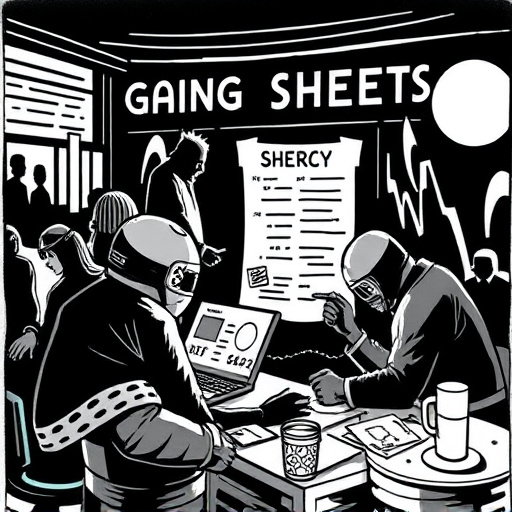
The advantages of using DTF (Direct to Fabric) RIP software for multi-layered designs are numerous. This technology allows for intricate and complex patterns to be precisely printed onto various fabrics, enabling artisans and designers to create vibrant designs that were previously difficult or impossible to achieve. DTF RIP software facilitates the seamless integration of multiple layers, ensuring smooth transitions between different colors and elements.
With DTF logo transfers and printing services, businesses can offer a wide range of custom products with intricate details. The software’s ability to manage complex layouts enhances productivity, reducing the time required for design preparation. Moreover, it ensures consistent quality, resulting in vibrant and long-lasting designs that captivate customers. This makes DTF RIP software an indispensable tool for professionals seeking to excel in the realm of fabric printing.
Best Practices for Complex Design Implementation with DTF RIP Software
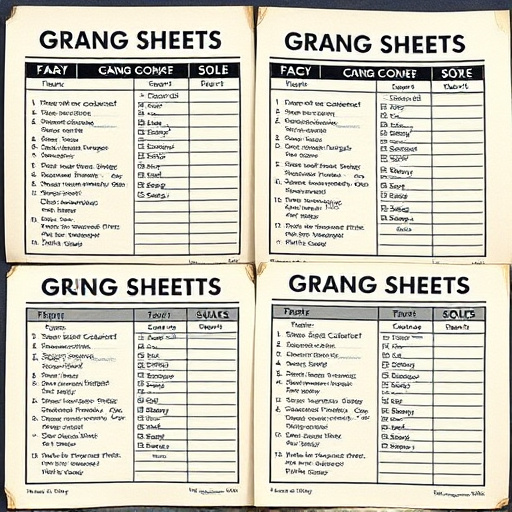
When implementing complex designs with DTF RIP software, best practices include optimizing your artwork for seamless integration. This involves ensuring high resolution and proper color profiles to achieve precise, durable prints on dtf printed shirts or other materials. Using compatible dtf transfer film can significantly enhance the quality of your final output.
Organize your design layers thoughtfully, prioritizing elements that require more attention to detail. This strategic approach, coupled with an understanding of your DTF RIP software’s capabilities, allows for intricate, multi-colored designs to be executed flawlessly. Remember, the right preparation and a keen eye for detail will result in not only visually stunning but also long-lasting, high-quality prints.
DTF RIP Software has proven itself as a powerful tool for handling complex, multi-layered designs. By understanding its unique architecture and leveraging best practices, designers can unlock its full potential. The advantages of DTF for such intricate designs are clear, offering precision, efficiency, and versatility. With the right implementation strategies, professionals can create exceptional outputs, ensuring their designs translate seamlessly into print or digital media. This software is a game-changer for those tackling sophisticated visual concepts.
